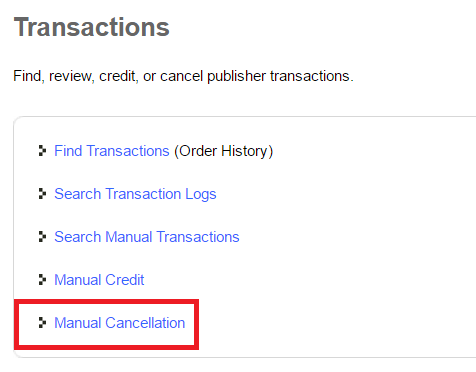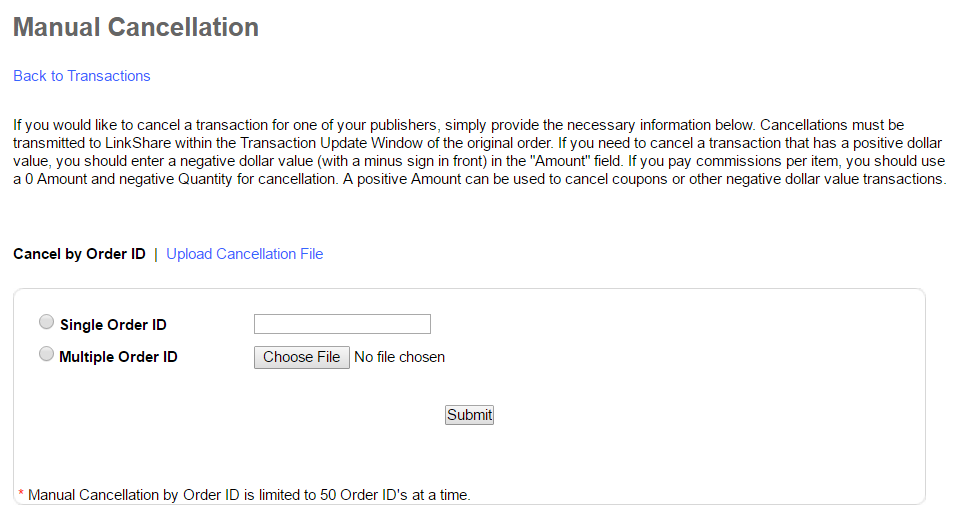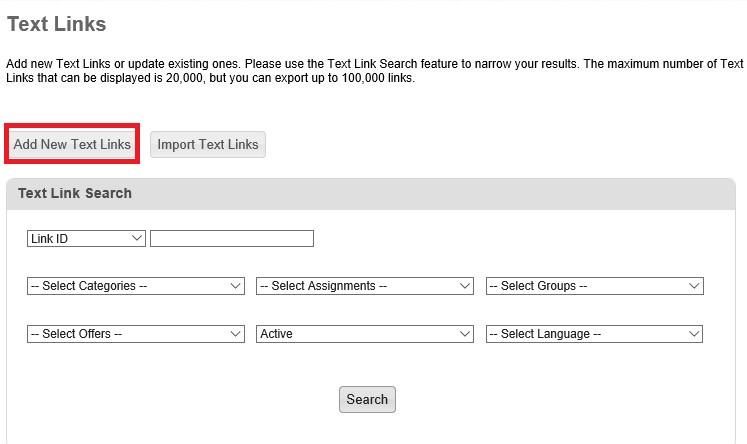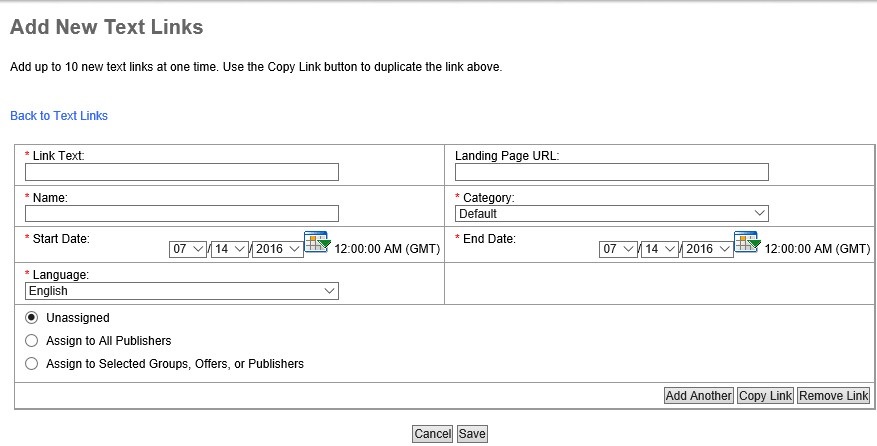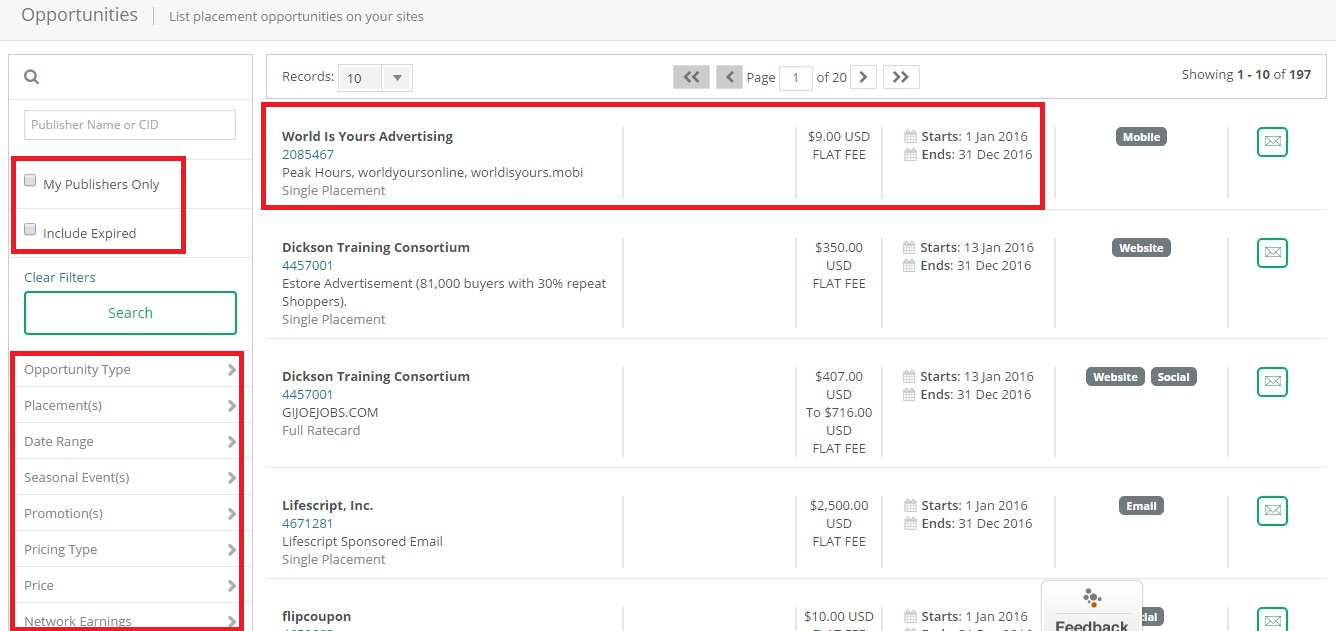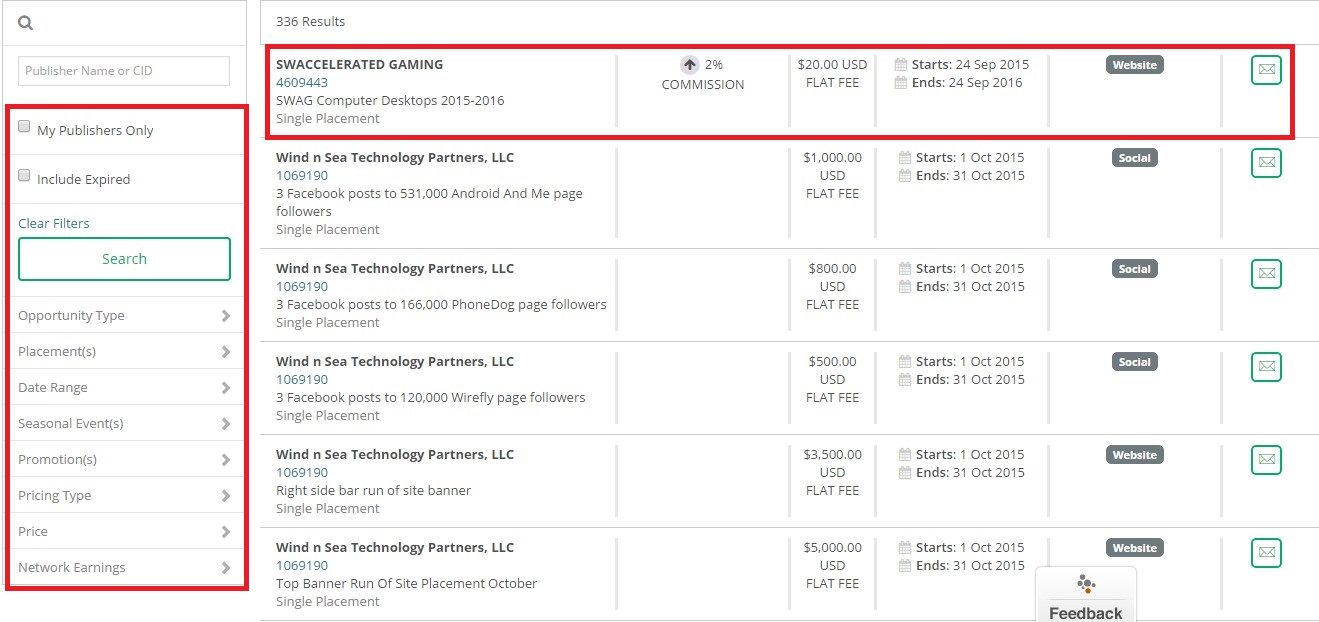I am obsessed with home improvement shows. I watch them all — Fixer Upper, Property Brothers, Flip or Flop — and have recently started binge watching Tidying Up with Marie Kondo.
 I realize I am not alone as there are lots of blogs on the rise regarding home projects, DIY and easy ways to update your home to the recent trends. There are several sites that I follow that provide great tips on how to carry out some home projects and where to buy the necessary material. For these sites, valuable and engaging content is what attracts their readers and keeps bringing them back. We’ve all heard that “content is king” and its true. Content is the core of online marketing and how we talk to an audience and attract traffic to a site. It’s necessary if you want to grow a successful business and is what turns prospective customers into buyers. Customers search the Internet for reviews and information about products to help them make informed buying decisions.
I realize I am not alone as there are lots of blogs on the rise regarding home projects, DIY and easy ways to update your home to the recent trends. There are several sites that I follow that provide great tips on how to carry out some home projects and where to buy the necessary material. For these sites, valuable and engaging content is what attracts their readers and keeps bringing them back. We’ve all heard that “content is king” and its true. Content is the core of online marketing and how we talk to an audience and attract traffic to a site. It’s necessary if you want to grow a successful business and is what turns prospective customers into buyers. Customers search the Internet for reviews and information about products to help them make informed buying decisions.
What’s a Content Monetization Platform
As a home improvement blogger, I know that strong content is crucial and that is where I need to focus my time. However, I also want to monetize my site and there are several content monetization platforms that can help. These platforms are, essentially, tools that allow you to benefit from affiliate marketing without having to join individual affiliate programs. Once you’ve integrated with them, they would transform regular links into affiliate links. If sales are generated from these links, commissions will be passed back to the website after taking a percentage. For example, if I write about the latest and greatest Dyson to help upkeep my home, these content monetization tools will change my retail link to an affiliate link so that I can earn money from sales that I refer.
So before I give examples of some of the available monetization platforms, let’s talk about the benefits of using them.
Benefits of Monetization Platforms
1. Time Saving
By using these tools you have access to lots of merchants and you don’t have to individually apply for each of their programs. Plus you don’t have to individually create affiliate links.
2. Ease of Integration
Seamless. You can basically set it up and go about what you do best writing content!
3. Links Look Normal
You post a retailer link and they convert to affiliate links. Click-through rates are better and the links are kept up to date.
4. Higher Payouts
Because they do such a large volume of business, these tools can often negotiate a higher overall commission rate with the advertiser. So even with paying them a percentage, you may still be better off than you would be able to get on your own.
If you have a lot of traffic and product-related content, these tools can help you earn money.
5. Robust Reporting
Their reporting interfaces contain great data on your customers and their purchasing habits.
6. Free to Join!
Whatever you earn is incremental. If you already have some affiliate links on your site, the tools will not overwrite those.
Importance of Disclosures
If you choose to monetize the content you produce, remember of the necessity to stay compliant with the Federal Trade Commission’s disclosure requirements.
Now let’s take a deeper dive into some of these content monetization platforms. In what follows, I’ll review several of them for you.
VigLink
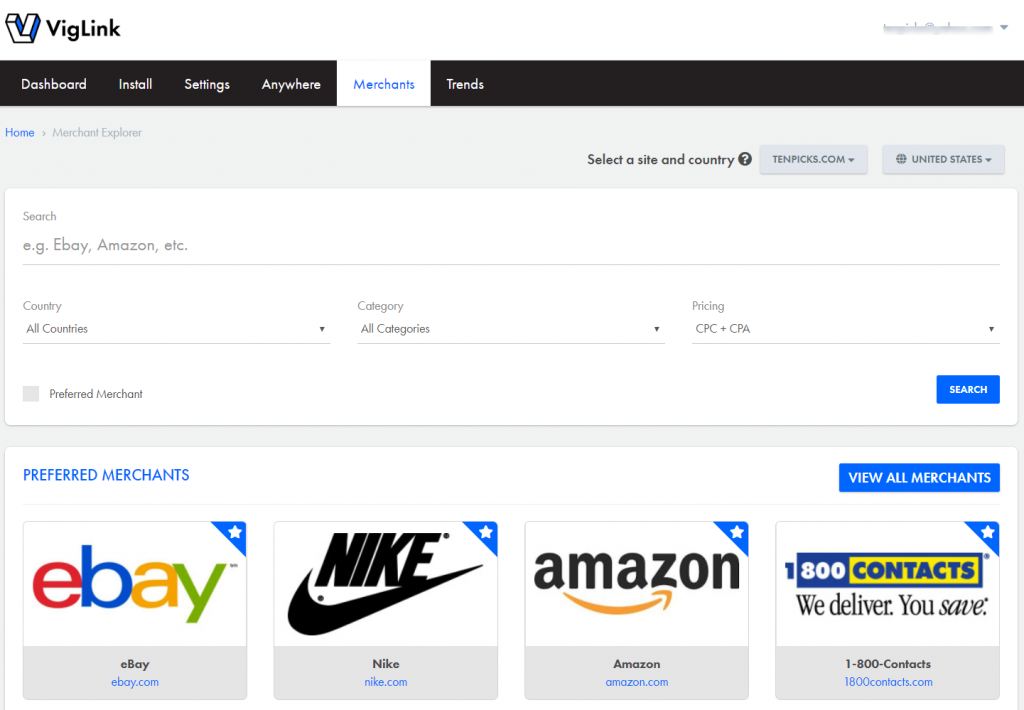
VigLink converts your normal outgoing links into affiliate links, and if users make a purchase, you earn a referral commission from it. In a normal scenario, you could be linking to product pages on many sites, and you don’t make money when people buy or download the product. VigLink identifies commercial products mentioned within content monetizes those links. All links will go to the highest paying destination so their technology will route your original product link to whichever retailer will earn you the most! With regards to revenue split, VigLink keeps 25% of the commission and 75% goes back to the website owner. Set up is simple! Copy a line of VigLink Javascript code and paste it into your website’s template and let it go to work. The great thing is that it will find old links on your site and monetize so you don’t have to go back through all your old posts.
There are three main products for VigLink:
- VigLink Convert. This takes your unaffiliated merchant links and automatically converts them to monetized links. Add links to products and this will link to a merchant.
- VigLink Insert. Insert scans your site for common product terms or merchant mentions and adds an affiliate link.
- VigLink Anywhere. With VigLink Anywhere, you can turn any social media link, email link or any other link into a robust, high-powered hyperlink that earns you revenue. This means you can now make money from Twitter, Instagram, Facebook, Pinterest, and your email list. The opportunities are endless!
Another great feature of VigLink is their dashboard which tracks analytics for your site. You can see what content is popular and what people purchase.
Skimlinks
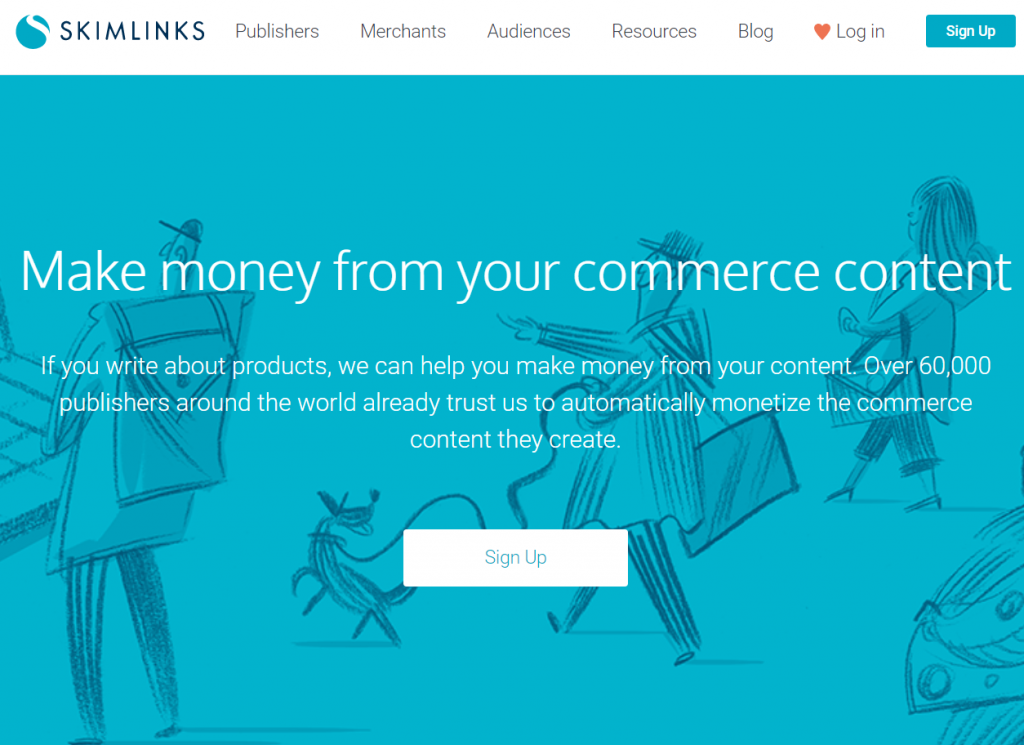
A description from their website tells you “If you write about products, we can help you make money from your content. Over 60,000 publishers around the world already trust us to automatically monetize the commerce content they create. Skimlinks aggregates access to 65 affiliate networks (including Awin, CJ, Rakuten, and others), enabling publishers to earn commission from 48,500 merchants around the world, in one place.”
Like VigLink, Skimlinks is also super-easy to install. You add a snippet of code onto your site and all links to merchants in the Skimlinks network become affiliate links. Skimlinks keeps 25% of the commission and 75% goes back to the website owner.
Some of the features of Skimlinks are:
- Desktop widgets to research revenue-generating products to write about.
- A comprehensive reporting dashboard.
- Audience By Skimlinks allows publishers to can gain access to a deeper, broader dataset for better insights on their audience and shopping behaviors.
- Aggregated product feeds to create your own shop front.
- URL shorteners so that you can also monetize your social accounts and email.
- Skimlinks Editor Toolbar Extension. Without navigating away from a merchant’s website, you can see:
- If a merchant offers a Skimlinks commission rate.
- What the average commission rate from the last 30 days was.
- If exclusive commission rates are available.
With this tool you can also:
- Find out more details on commission rates and merchants at the click of a button.
- Quickly create links for social media and email.
- Discover new merchants that offer commission rates.
YieldKit
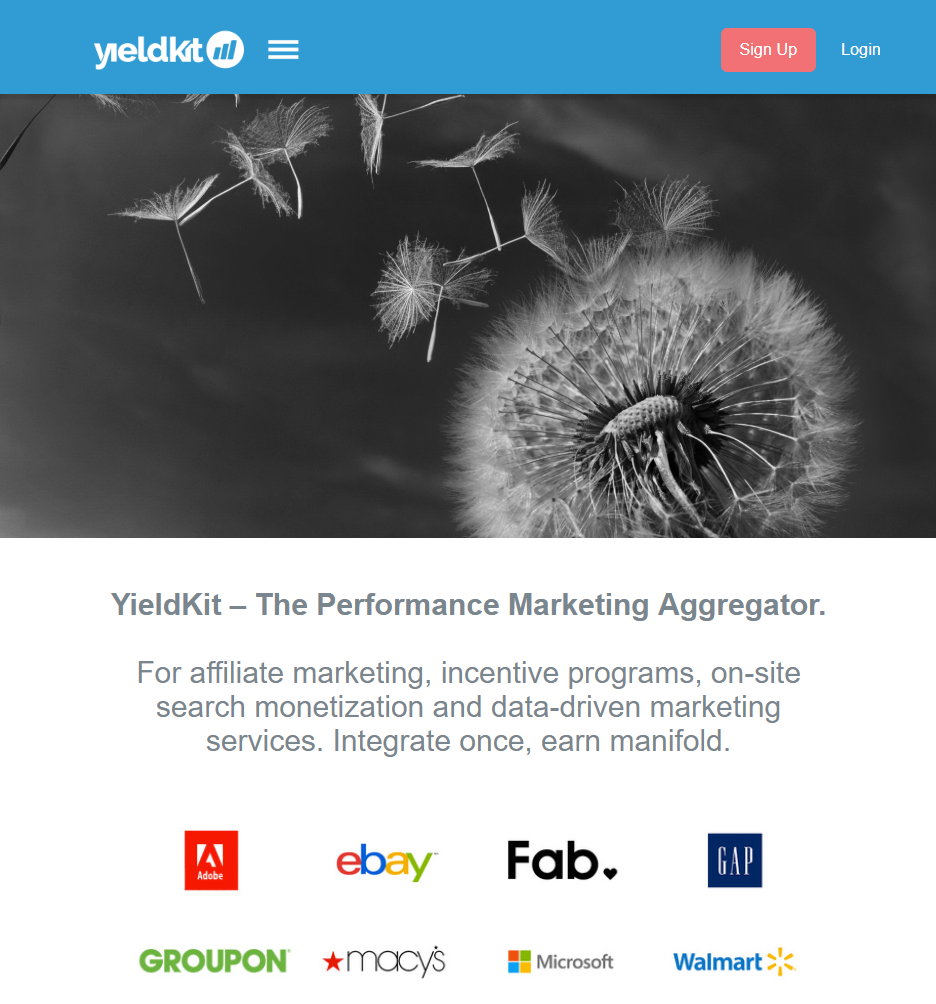
YieldKit enables publishers to aggregate and optimize their performance marketing via their Yieldkit’s Monetization Platform. Like the others, they automatically convert links, keywords and onsite searches like brand and product mentions into monetizable links from thousands of retailers.
Among some of their tools you’ll find:
- YieldWidget – a widget is injected over your links. Its small in size and boosts the user’s experience as it is filled with relevant content and detailed information that will greatly increase conversions. It offers an image of the product, a brief description, top 3 places to buy and reviews of the linked product. Offering a few places to buy helps increase the chances of conversion.
- YieldNative – a functionality that allows publishers to generate and embed ads exactly the way they and their users like best. Inserting Native ads in content wherever they provide value.
- YieldSearch – a technology that detects keywords in user’s search queries in the publisher’s website search box and shows relevant ads embedded on the results page.
- Yield Insights allows you to discover what topics are most relevant to users and what topics deliver the highest revenue. Insights can be used to learn more about your audience.
Infolinks
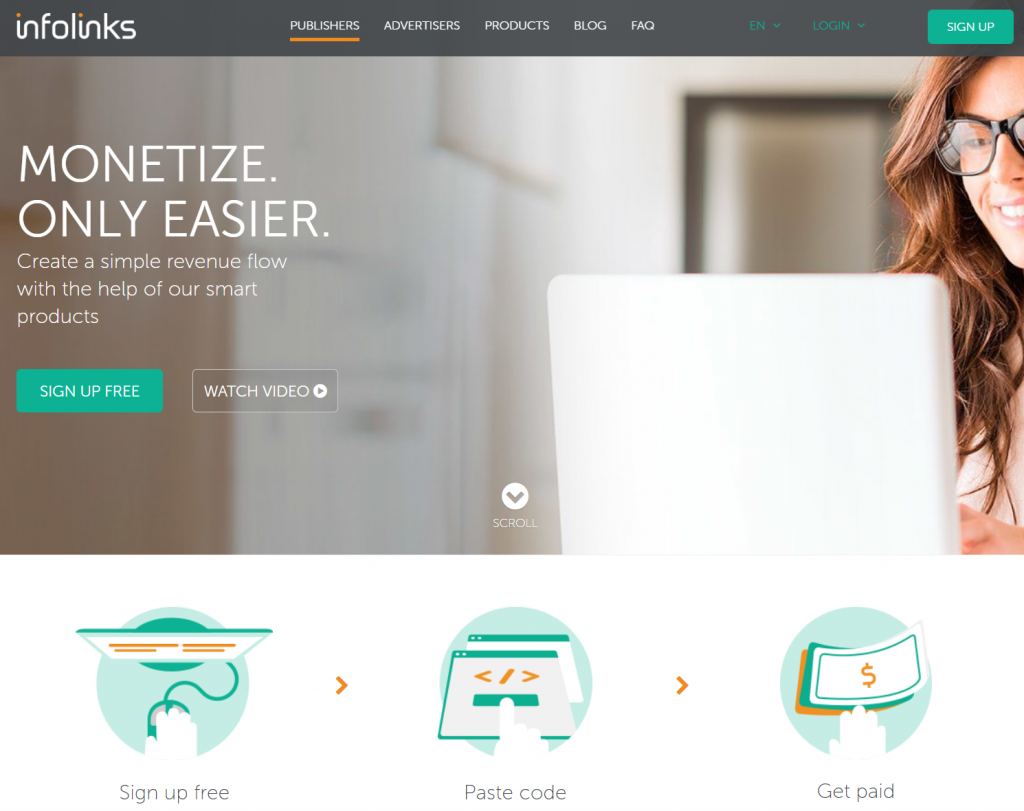
Infolinks is an online advertising platform that enables website owners to make money from their site by displaying relevant ads to their visitors. You can select from a number of ad units that best suit your needs. It’s also super easy to sign up and install: Just enter your website address, add a snippet of code to your site, and get paid. Each advertiser on Infolinks sets their own price and as a publisher, you receive 65% rev share.
Infolinks offers a range of native ads, including:
- InArticle: Highly viewable ad which opens once a user engages with the page content.
- InFold: This ad unit takes advantage of the power of search and display, delivering ads on a wider scale of traffic. These will appear in right above the fold.
- InScreen: An interstitial ad delivering relevant content between page views.
- InText: Ads are neatly presented within a page’s text. You can customize the link color, and choose how many will appear on a page.
- InTag: This shows the most valuable keywords related to the content of the page. Hover over these words to view the ads.
- InFrame: These attractive display banner ads appear alongside your content.
Brandreward
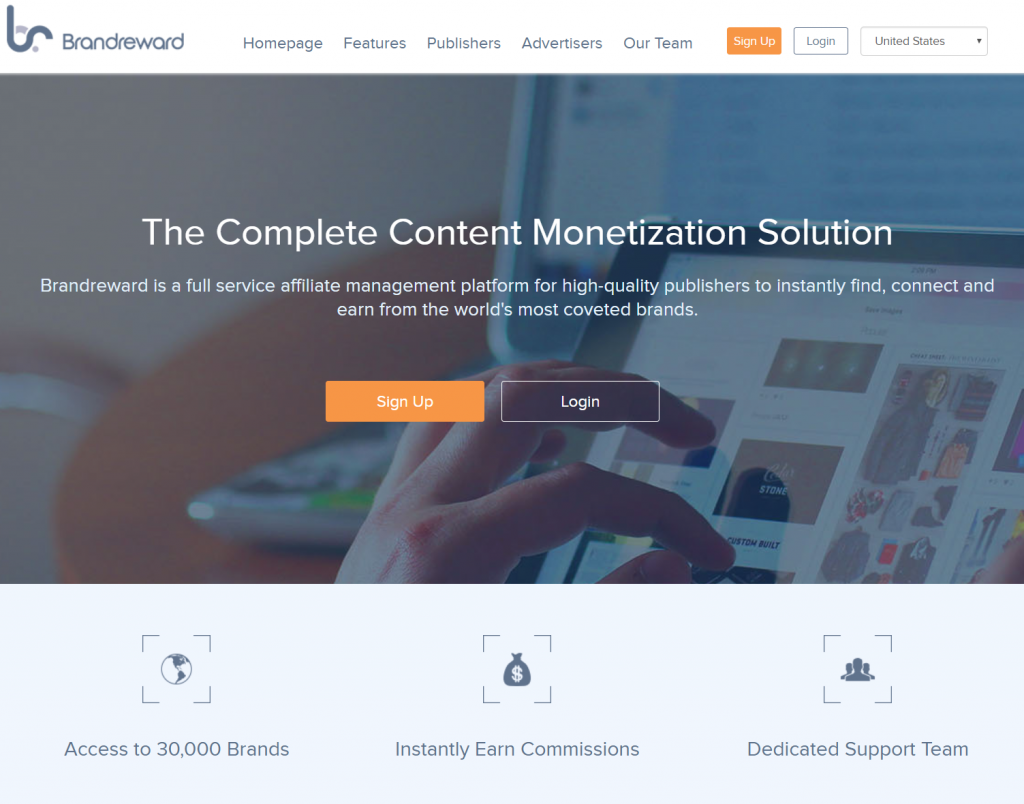
Brandreward was created to help content networks, apps and websites realize the “real value” of their content by easily and effortlessly monetizing through a complete platform solution. It is a full-service platform which allows publishers to instantly find and connect with top brands. Their site states that they work with 30,000 brands across the world. Some of the brands listed are Nordstrom’s, Kate Spade, Target and PetSmart.
Some of the benefits of using Brandreward include:
- Real-time reporting.
- Exclusive deals and offers.
- 85% commission policy for publishers which is higher than the industry standard of 75%.
- Brandreward has a real-time advertiser system, ensuring publishers have the highest possible commission at the time of each sale and that links are live and commissionable across servers in 3 different countries.
- SEO friendly.
- Referral program. For every successful referral that you send to Brandreward, you will receive 35% of the earnings for the next two years.
BrandCycle
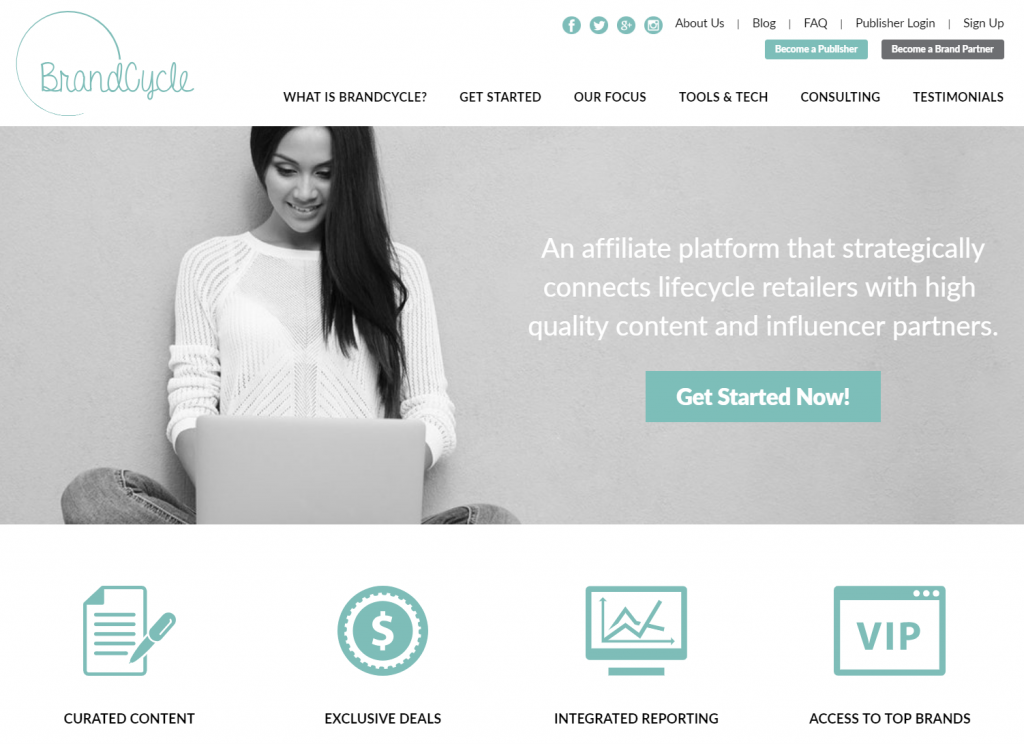
BrandCycle is an affiliate monetization platform that connects retail brands with lifestyle publishers. BrandCycle works exclusively with lifecycle publishers – meaning content driven websites that cater to the following niche audiences: Mom & Family, Wedding, Style, Home Decor, Health & Wellness, Baby Boomer and Green. It is free for publishers to join.
BrandCycle also has a consulting team to work with large-scale publishers who are looking to enter or grow their presence in the affiliate performance marketing space. They will provide strategic recommendations and dedicated publisher development services to help you get the best deals and maximize relationships with advertisers.
Publishers/Influencers: Get immediate access to over 300 top retailers on a performance basis through a single payment and reporting interface. We also help negotiate rates and design custom content and campaigns around new products and deals to use on your site or across social media. Leverage exclusive campaigns, value-added content and special promotions to increase affiliate partnerships and drive incremental sales.
Advertisers/Retailers: You want the long tail, but you need to improve efficiencies around long-tail recruitment and activation. BrandCycle provides instant and fully transparent access to thousands of high- quality content publishers and social influencers in the mom, family, baby, wedding, home and lifestyle spaces.
BrandCycle works through multiple affiliate networks, including ShareASale, CJ, Impact Radius, Rakuten Affiliate Network, and Pepperjam with additional integrations underway.
BrandCycle’s technology delivery content and campaigns to publishers and affiliates in a more streamlined, user-friendly way.
Bookmarklet Tool
- Make money and create links right from a retailer’s site
- Access deals and content from a single click
- Reporting Included
- product Deep linking
User-Friendly Portal
- Access to all retail partners across all networks
- Sample content and exclusives
Curated Product Feed
- Access bestseller lists to know what products are trending and have the highest conversion
- Find the right partners based on the content you want
Proprietary Reporting
- Easy to read stats
- Key Performance Indicators
- Customized dashboard
digidip

digidip is another example of a tool that provides an easy solution to monetizing your website. The company started in Germany in 2013 by Sabrina Spielberger, who was a successful blogger. Today they operate in over 50 markets worldwide and provide access to multiple networks and to more than 40,000 advertisers. Some of the advertisers listed are Groupon, Debenhams, Macy’s, Target and Walmart.
They have a lot of the same features as others. They are free to use, saves you time, and easily turns retail links into affiliate links. The difference is that they work on invite only and focus heavily on being ‘premium’. They want to ensure that their publisher network has a high quality and thus creates, not only for the network but also for the associated advertisers, networks and agencies, an additional value. So they have a certain set of guidelines and standards that you need to meet to join.
As you can see, there is a variety of content monetization platforms to help you earn money from your website. The key is to make sure that your content is authentic so that your readers continue to return and your audience grows. That’s one of the things makes you a truly valuable partner to any online advertiser. You should partner with brands that are relevant to your audience and deliver value.
I hope that you find this information useful and please contact us or comment below with any questions or feedback.
Disclosure: If you click some of the above links and sign up, we may be compensated for this. Regardless, we only recommend products/services we use personally or believe to be of value.
 But there are a number of affiliate marketing industry-specific organizations that hand out “Best OPM” or “Agency of the Year” awards, which are always fun (and helpful) to follow. Among these, there are both platform-specific ones like CJ Excellence Awards, Rakuten Marketing Golden Link Awards, ShareASale/Awin ThinkTank Awards, as well as platform-agnostic ones like Performance Marketing Awards and, of course, Affiliate Summit’s Pinnacle Awards.
But there are a number of affiliate marketing industry-specific organizations that hand out “Best OPM” or “Agency of the Year” awards, which are always fun (and helpful) to follow. Among these, there are both platform-specific ones like CJ Excellence Awards, Rakuten Marketing Golden Link Awards, ShareASale/Awin ThinkTank Awards, as well as platform-agnostic ones like Performance Marketing Awards and, of course, Affiliate Summit’s Pinnacle Awards.
 The most straightforward way to find companies that have affiliate programs is to join an affiliate network, dive down the rabbit hole, and start searching for company’s affiliate programs. The
The most straightforward way to find companies that have affiliate programs is to join an affiliate network, dive down the rabbit hole, and start searching for company’s affiliate programs. The  A non-traditional, yet effective, way to find companies who have affiliate programs is to see which companies are being promoted on affiliate websites. Sites like RetailMeNot, BradsDeals, Ebates, and SlickDeals make the majority of their revenue though affiliate marketing. By doing quick scans of any of those sites you can see tons of companies that all have affiliate programs and are being promoted on these sites.
A non-traditional, yet effective, way to find companies who have affiliate programs is to see which companies are being promoted on affiliate websites. Sites like RetailMeNot, BradsDeals, Ebates, and SlickDeals make the majority of their revenue though affiliate marketing. By doing quick scans of any of those sites you can see tons of companies that all have affiliate programs and are being promoted on these sites. When looking for a new dentist or for someone to remodel your bathroom, you typically will ask around for referrals in order to give someone a shot. It’s no different with a great affiliate program. Affiliate marketers gather in various Facebook groups, social forums and subreddits throughout the Internet and these places are a wonderful place to find companies with affiliate programs.
When looking for a new dentist or for someone to remodel your bathroom, you typically will ask around for referrals in order to give someone a shot. It’s no different with a great affiliate program. Affiliate marketers gather in various Facebook groups, social forums and subreddits throughout the Internet and these places are a wonderful place to find companies with affiliate programs.
 I realize I am not alone as there are lots of blogs on the rise regarding home projects, DIY and easy ways to update your home to the recent trends. There are several sites that I follow that provide great tips on how to carry out some home projects and where to buy the necessary material. For these sites, valuable and engaging content is what attracts their readers and keeps bringing them back. We’ve all heard that
I realize I am not alone as there are lots of blogs on the rise regarding home projects, DIY and easy ways to update your home to the recent trends. There are several sites that I follow that provide great tips on how to carry out some home projects and where to buy the necessary material. For these sites, valuable and engaging content is what attracts their readers and keeps bringing them back. We’ve all heard that 






 The FTC can fine both the endorser and advertiser for not properly disclosing their relationship in a product review or sponsored post. The fine can be upwards of $11,000 per infraction. The FTC requires that endorsements use clear and unmistakable language and should be easily visible. They cannot and should not be hidden or tucked away. The last place a brand or blogger wants to be is on the FTC’s radar.
The FTC can fine both the endorser and advertiser for not properly disclosing their relationship in a product review or sponsored post. The fine can be upwards of $11,000 per infraction. The FTC requires that endorsements use clear and unmistakable language and should be easily visible. They cannot and should not be hidden or tucked away. The last place a brand or blogger wants to be is on the FTC’s radar. that they will get credit for their hard work even if the sale does not occur on the originating device.
that they will get credit for their hard work even if the sale does not occur on the originating device.
